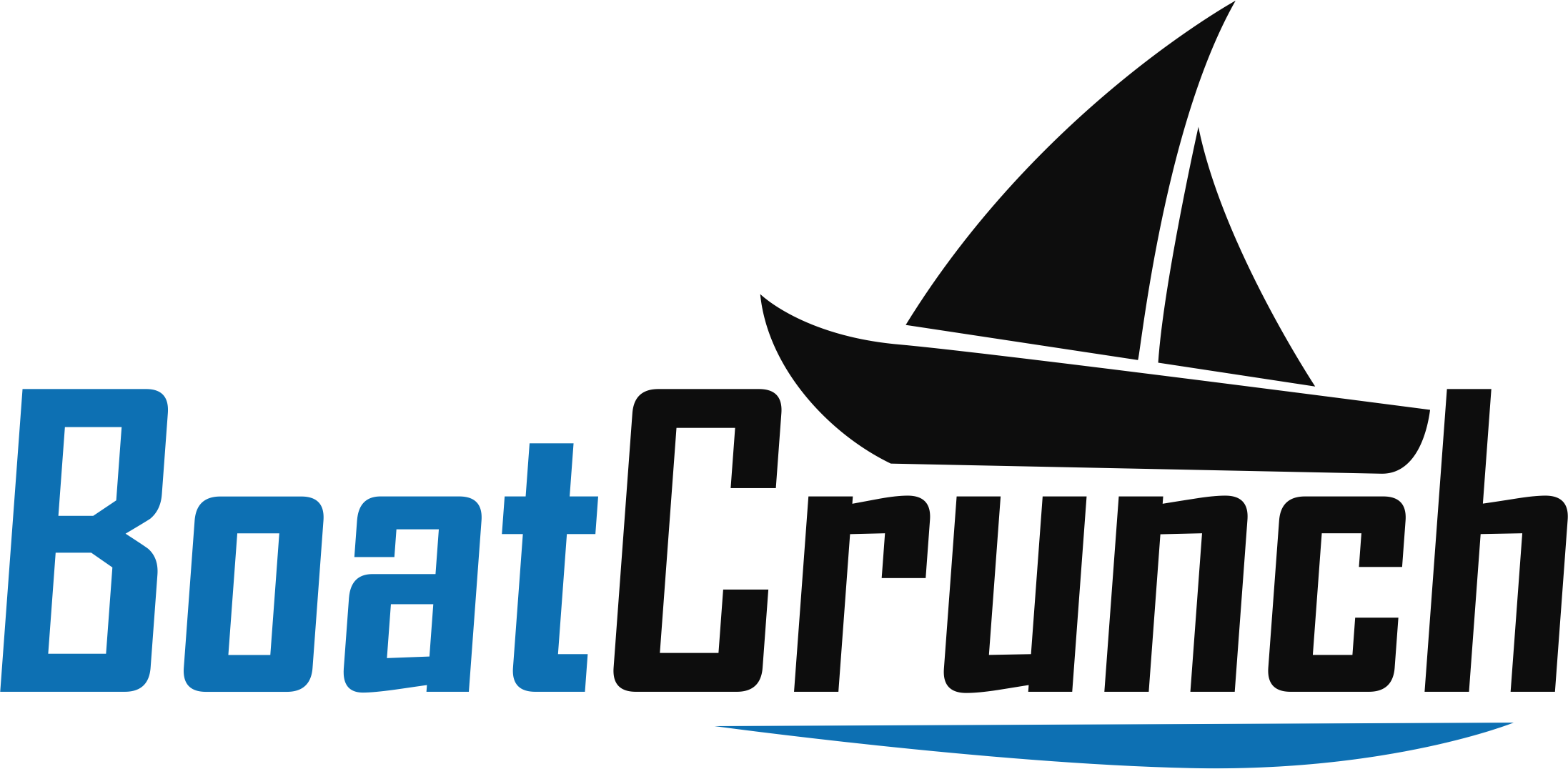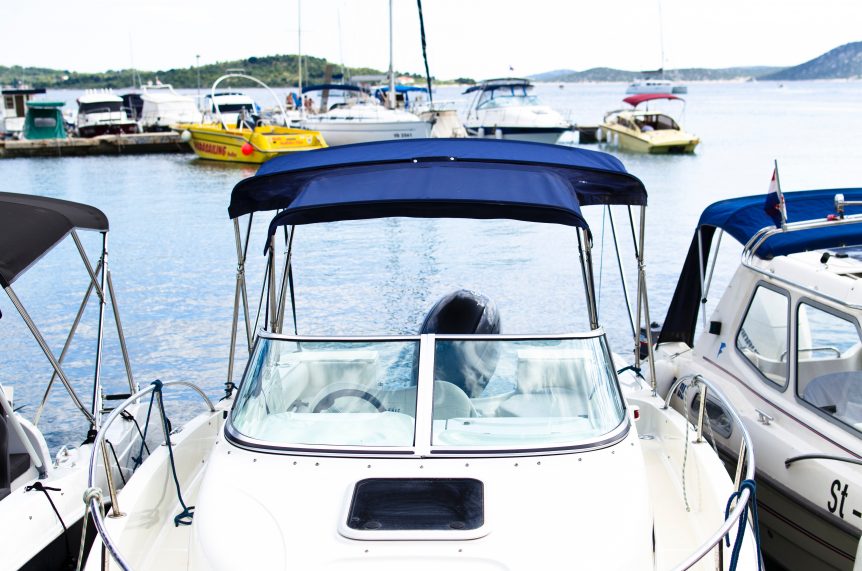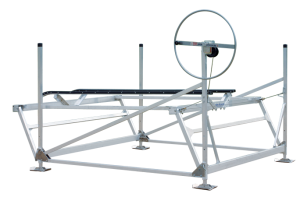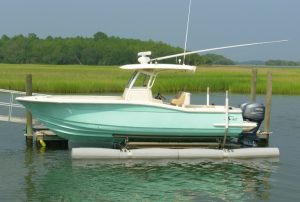So, you’re interested in purchasing a lift for your boat? Pontoon Boat Lifts are a worth-while investment. They allow you to get your boat out of water, so that you don’t risk corrosion or water damage from being left in the water for a long time. The main idea behind purchasing a lift is to protect your boat.
Choosing the right boat lift doesn’t have to be a complicated decision. Though there are a wide range of factors which you’ll need to take into consideration when making your choice. This includes the type of sediment at the dock.
Deciding on the best lift for you can seem like a daunting task however that’s why you’re reading this guide. I’ve done all the research for you and compiled it into the complete boat lift guide. In this guide I’ll be reviewing the different types of Pontoon lifts, highlighting their strengths and weaknesses.
This guide is completely catered for pontoon boats specifically. This is because pontoon boats have a slightly different requirements compared to other boats such as V-hull boats. There are a few things which you’ll need to know to determine the type of lift which you’ll purchase for your boat. One of these are the height of your boat (This also includes your Bimini or any other enclosure that you may have installed onto your boat). You’ll also need to find out the draft of your boat.
These are the two most important things which you’ll need to know before purchasing lift for your pontoon boat. The height and the draft your boat.
There is a load of different types of pontoon boat lifts for sale. This gives you a lot of options to choose from, however it also makes the decision more difficult. I’ll be breaking down all the different types of boat lifts appropriate for pontoons boats. This should make identifying the most appropriate lift your your boat a lot easier.
Types of Pontoon Boat Lifts for Different Water Conditions
Free Standing Lifts
The first type of lift I’ll be explaining and giving examples of are free standing pontoon lifts. This type of lift isn’t attached to a dock, it freely stands in the water. These lifts must be very heavy and sturdy to not be knocked over or damaged so once installed they cannot be moved. Examples of free standing lifts are vertical and cantilever lifts.
Vertical Boat Lift
First up is the vertical boat lift. This type of lift works best in shallow waters which makes them perfect for shorelines that have fluctuating water depths. Another great thing about this type of lift is that is works great with boats heavier than 4,000 pounds. This is great as many other types of lifts don’t fare well with this much weight.
Vertical boat lifts will have two things supporting it; mainframe spreaders and adjustable legs. The spreaders are a frame which reinforce the whole lift. The frame is shapes like a box to provide stability. This will protect the lift from harsh weathers and wakes.
The legs are adjustable so depending on the height of the water you can adjust the height of the legs. For shallower waters you’d obviously lower the height of the legs.
Cantilever Boat Lift
The other type of free standing lift is a cantilever boat lift. These are perfect for shallow waters. Unlike the vertical boat lift, these aren’t very appropriate for fluctuating water depths and instead should be used in water with little water fluctuation.
Cantilever boat lifts are manufactured to provide great and even support for the deck of your boat with the use of its cradles. This helps prevent deck fatigue and keeps your boat in a healthy condition.
There are a few different cantilever lift styles. These are the standard model, the ‘Wide N Long’ style which are ideal for larger pontoon boats, the pontoon bed style which are often built from aluminium pontoon beds or alternatively V-hull style wood beds and finally pontoon rack kits which are installed onto the standard model.
Floating Boat Lifts
Another type of boat lift are floating boat lifts. They’ve been around for a long time now however are becoming increasingly more popular over time. Before recently they were mainly use by the US Navy however now the average boater is starting to realise the potential of such a lift.
These lifts allow your boat to ‘float’ above the water and out of harms way. These are designed to keep your boat out of the water when you’re not using it. This prevents it from being damaged by the water.
There are two types of floating boat lifts. One of which are the classic water/air displacement lifts and the other are the more modern hydraulic lifts. Both of which are very efficient and operate relatively quietly. These are suitable for use in saltwater as all steel elements are kept above the water, so they do not encounter the water itself. I’ll go into more detail on these two types of lifts.
Air/Water Displacement Lifts
The displacement lifts blow air into toons under water using electric blowers to raise the lift. These types of lifts can be utilised inside of floating docks. Air/water displacement lifts are commonly used inside marinas.
This lift only requires a water depth of 4 feet. That it actually really shallow, at that water depth you’d be able to stand up in the water without being completely submerged even if you were really short. This makes the lift suitable for very shallow waters. These lifts have a lifting range of four feet.
Air/Water Displacement Lifts are a fair bit cheaper than hydraulic floating lifts. Therefore, if you’re looking for a good lift with a lower upfront investment required then this may just be the lift for you. Though, you’ll have to consider that you get what you pay for, it won’t operate as smoothly as a hydraulic lift.
Hydraulic Floating Lifts
An alternative floating boat lift are the hydraulic floating lifts. These are often preferred over the air/water displacement lifts, as they introduce new technology and are referred to as an advancement over air/ware displacement lifts.
These lifts utilise hydraulic rams which provide foam-filled pontoon logs with a little push in order to lower the boat. The ram will return to position and push the toons back underneath the cradle to lift the boat.
As the floating pontoons stay above the water, clearance is barely needed. This means that the lift will only require around 12 inches of water depth (Plus the draft of the boat).
One thing I really like about these lifts is that they can be mounted to both fixed and floating docks. Hydraulic lifts can be connected to buoys, moorings, and piers. This is not something that all lifts are capable of, so it’s a great feature to have. Also, due to the fact these lifts can be connected to buoys, they can use solar-power.
These lifts are very transferable. This means that if you want to upgrade your dock in the future however are anxious about investing into a whole new system; these lifts will give you complete peace of mind as they can easily be transferred.
Hydraulic lifts are generally more expensive than Air/Water Displacement Lifts and therefore require a larger investment however as I mentioned earlier, they can be powered with solar power so in the long-term you could be saving more money.
If you’re interested in purchasing a hydraulic floating lift, you can find plenty of suppliers online though I’d recommend hewittrad. There you’ll be able to find a ton of information on the lift, along with dozens of photos and videos to view.
Regardless of which type of lift you decide to purchase, you’ll also have to consider the cradle style of the lift. The cradle is responsible for securing and preventing your boat from rocking and getting swung around. Cradles also provide support for the boat to prevent it from getting damaged when lifted.
Cradle Styles for Pontoon Logs
Pontoon cradles differentiate themselves from the floating bolt lifts as instead of “floating”, they’re bolted onto a dock. They are also non-adjustable. These lifts are built with stainless steels and aluminium. You can decide what material is used for supporting the toons (Often wood, vinyl or carpet).
Centre Lift Cradles
These lifts are capable of providing outstanding support for pontoon logs. They’re most commonly used for tri-toons (Larger and heavier with three cylinders as opposed to two). There are a few choices when it comes to the material they’re made from. Typically, they’re made from stainless steels, aluminium, or wood. They’re also sometimes capped with vinyl to protect scratching the belly of your boat.
One thing which you need to bear in mind with this type of lift is that due to the way in which they work, they could damage your pontoon. They lift the pontoon from beneath, which could cause the material to scratch the decking of your pontoon boat. For this reason, I’m not the biggest fan of these lifts however they’re still an option.
Bunk Style Cradles
This type of cradle functions similarly to the supportive bunks used by boat trailers. Bunk style cradles are significantly more stable than the rest of the cradle styles. Just like the centre lift cradles, bunk style cradles will have a protective layer of material such as vinyl or carpet.
Choosing the right material for your cradle is a difficult decision to make. Every material has its benefits and drawbacks. For example, vinyl has the benefit of being easy to maintain and clean though it can be punctured. Carpet provides good traction though it absorbs moisture which could lead to rotting. I’ve produced a detailed guide to help you decide between carpet and vinyl.
Sling-style Lifts
Another option are sling-style lifts. These lifts are becoming increasingly less popular over-time as they’re now out-dated and there are better options on the market. These were once the go-to option however are slowly falling off and it doesn’t look like they will return any time soon.
The main downfall of this lift is the fact that they are likely to cause damage to your toons. They cause damage to boats as they hold the weight of the boat from above rather than providing support from below. This puts the boat under a lot of pressure, thus creating dents.
Because of this reason, sling-style lifts are just not a good option at all and I’d highly recommend you investigate the other styles which I’ve touched on.
I hope this guide was useful to you and helped you decide on whether you’ll be purchasing a pontoon boat lift. If you’ve got any questions which you’d like to ask, or you have any ideas on how to improve this guide, feel free to leave a comment below.

My name Is Larry Noel, the voice behind BoatCrunch.
I’m a boating enthusiast that loves nothing more than being out on the water. So much so that I’ve acquired a Degree in Marine Biology (MB) as well as a degree in Ocean Engineering (OE).
I’m very familiar with a wide range of different boats and I’ve owned a variety of different boats myself however I have a particular obsession with Pontoon boats. I’ve lived all across the United States and always kept company in the form of boats and now my loving family.





